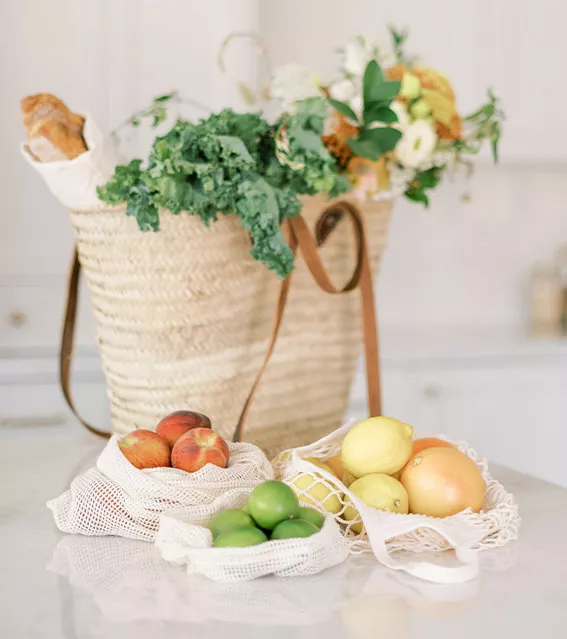Art therapy can offer a flexible and comprehensive approach to reproductive-loss counselling. Upadhyay, Cockrill and Freedman (2010) have identified supportive client-therapist relationships, group therapy, and support in decision making, addressing stigma and artistic expression as practices central to counselling and reproductive loss. These components are inherent in a client-centred art therapy model and will be further developed to generate an art therapy program for reproductive loss counselling.
Daria Halprin (2002) suggests creativity can connect clients to the natural processes that take place on biological, emotional, mental and spiritual levels. Engaging creatively encourages a healthy flow of energy, allowing clients to release, tolerate or make space for the constricting and difficult emotions they may experience. Through creative work individuals may connect with their unconscious and imagination; this connection creates opportunities for active exploration and development of the client’s life stories and outlooks. Clients are put in a position to respond and give attention to what is happening within them and make decisions about how to attend to it through the art (Halprin, 2002). The art therapist can offer the benefits and safety of the therapeutic relationship while helping facilitate the client’s exploration of their images and objects. In this exploration and reflection the client may gain a better understanding of themselves and their difficulties and find meaning in their work (Edwards, 2004).
Art therapy models have been developed for individuals dealing with grief, anxiety, anger, depression and guilt and can be modified to meet the needs and unique circumstances of women coping with reproductive loss. Art therapy can also prepare or coach an individual through triggers or significant milestones relating to the loss with memorial works (Lister, Pushkar, & Connolly, 2008).
Art therapy can be used to work through and identify anger within the individual. Art materials are used to release anger in a safe environment, allowing the individual to externalize their feelings and engage with them outside themselves (Smeijsters & Cleven, 2006). Utilizing non-verbal expression and creative energy, one may tap into unconscious levels allowing anger issues to reveal themselves.
In managing the experience of grief and loss, Hooghe, Neimeyer, and Rober (2012) suggest the bereaved need to suppress or enhance certain emotions throughout and after the grieving process. Art making can offer individuals a place to put these emotions and express them at different intensities. The flexibility of the materials adds to this experience, giving bereaved individuals the tools they need to regulate their emotions. Art therapy can work to facilitate these expressions in a way that allows the bereaved to continue or maintain healthy daily functioning.
McNiff’s (1992) theory on artistic images as angels can be of particular use when working with the bereaved. He explains how artistic images function as messengers from our inner world; images arrive through the art making process from another realm. Angels are represented cross-culturally and are a symbol for protection and guidance; they help people stay in contact with the soul and life outside of their own. Angels may present themselves in the messages that emerge in the art work; these angels are forever changing shape and form, manifesting in different materials, gestures, and pieces of work. Meeting or discovering the angel in the art work can offer the creator assistance, inspiration, guidance, consolation, meaning and elicit emotions. This perspective views the art work as “tangible and personal figures that influence the lives of people who mediate on them” (McNiff, 1992, p. 76). In the context of reproductive loss, the notion of discovering angels and receiving messages from the deceased within the art, can bring comfort and understanding to the bereaved.
Establishing a ritual in the wake of reproductive loss is another effective way for coping and healing (Kobler, Limbo, & Kavanaugh, 2007). Ritual through art is an optimal means for remembering and maintaining a connection with the deceased.
When working across cultures the language around loss varies greatly. For some, there may not be a word or words to describe the emotions they are experiencing. Art provides individuals with a means to express these indistinguishable feelings and articulate them in a tangible manner, one language cannot grasp.

